On February 24th John Jay hosted a CUNY undocumented students resources day. The event was designed inform undocumented students of their rights, as well as the many resources available to keep them safe.
“I thought there are no resources for undocumented immigrants like me, I thought I was alone,” said D., an 18 years old high-school student from New York City who attended the resource fair.
“But now I see that many people did a lot of work to provide help for people like me,” D. said, and indeed, organized by John Jay’s Associate Director for Student Success Initiatives Nancy Young and Dr. Isabel Martinez of Latin American, Latina/o Studies Department, the Resource Day featured a distinguished bouquet of well-known guests from City’s Government offices on Immigrant Affairs, including New York’s first undocumented attorney Cesar Vargas, to John Jay’s “Know Your Rights Trainers.”
All presenters gave inspiring speeches and informative presentations, encouraging students not only to fight for their own legal status within the country but also to share the learned information with their families, friends, and their communities which signify an underrepresented portion of New York’s undocumented immigrants who’ve all become an irreplaceable link in American chain of its multicultural society.
“Just look at your fingers, we all are different,” said Vargas.
“But when we stand together we make a mighty fist. We need to hold each other’s hands tightly. Remember, you have people who have your back, now you need to do your part to show that you have the back of your community because alone we have no chance.”
This part of Cesar Vargas’s speech, an accomplished activist from Mexico who represents Hispanic community and children of Central America while practicing law as New York’s First Undocumented Lawyer, had left an immediate impact on the attending students. One of them was J., a 24 year old student from Baruch College who became a DACA recipient at 22, and thus had to wait four years to enter college. “The speech that Mr. Vargas gave earlier really impacted me when he mentioned that we should take into consideration our values and our backgrounds,” he said.
Today, J. and his team started an organization called Baruch Dreamers Diplomats, reaching out to all CUNY students to share their own stories to be published in a book. “Everybody knows the stereotypical story of a Hispanic person, but they don’t know the local stories of what we bring and of what we’ve being through,” said J.
He then shared a glimpse from his own recent experience when J. applied for an internship with a prestigious financial company. From the required five-step interview, J. was rejected after successfully getting through the first four: “You’re so close in receiving an offer, in taking your first step towards your professional career,” said J, “and saying ‘hey mom! Your hard work paid off. Look at me now, I’m walking into this country with the suit and tie coming from a small village in Guatemala,’ but I did not get the internship.”
J. is not a citizen or a permanent resident, he is a DACA student, eligible for work for at least two years, and nevertheless, he was denied of this internship opportunity after meeting most of the required criteria. “We all have stories,” J. said, “similar or different, but we are proud where we come from.”
Fortunately, during this Resource Day students like D, J, and many others were able not only to gain strong support, but also to link with numerous “college and citywide agencies that provide legal, financial, and health services for undocumented students and their families.” It was the Resource Fair part of the event that brought all these organizations together delivering resources, having their representative give out specific literature and explain their agenda including many other ways in which they could provide assistance to such students.
Sights of heart-breaking and at the same time inspirational slogans followed every attendee as they moved from one stand to another: “Undocumented and Unafraid” (QC Dream Team), “Here to Stay” (Make the Road NY), “Stop Separating Families” (JJ Dreamers), “No Child should face immigration court alone” (Safe Passage Project), “Don’t let your status stop you from anything” (The Dream U.S.)…

A large number of these associations represented students that are referred to as “Dreamers”, a term created after the DREAM Act (acronym for Development, Relief, and Education for Alien Minors). Many confuse the Dreamers with DACA (Deferred Action for Childhood Arrivals) recipients, when in reality a majority of future Dreamers are the current DACA recipients, nearly because The DREAM Act is a potential legislation only to be passed by Congress and signed by the President into law, whereas DACA is an existing Executive Order, implemented by President Obama in June of 2012.
If first is passed, the difference from the latter could be significant: all qualified Dreamers would be initially granted a conditional status, resulting in permanent residency (upon meeting certain criteria), while DACA recipients could only renew their 2-year deferral from deportation and eligibility for work permit in the United States. Which is why for the moment, those students with DACA status who wish to become citizens, carry an ironic term of a “Dreamer”, waiting to legally pursue their American Dream in the country they already live in.
At the Resource Fair, two members of JJ Dreamers Association who preferred to remain anonymous, proudly gave their own explanation of what Dreamers meant to them: “As Dreamers, we support the way to the citizenship but also we want to show that in spite of so many obstacles we still strive for what we want to do,” they said. “Cesar Vargas is a great example of how undocumented people can become lawyers in NYC,” said the John Jay Dreamers.
The Resource Day and Fair for the Undocumented Students held at John Jay, without any doubt turned out to be the most helpful tool in the life of every effected student or family who joined this event. Students went home not only with vital knowledge and literature on the subject, but also with a number of messages to share among their communities. “Never be ashamed whether you have documentation or not, don’t be ashamed that you are Mexican, Puerto Rican, or Dominican – be proud because your parents are proud of you every single day. We are here, and we are together,” said Cesar Vargas. His final words to the audience became a slogan that summarized this event’s goal in only three words: “sí se puede! Yes we can! sí se puede!”


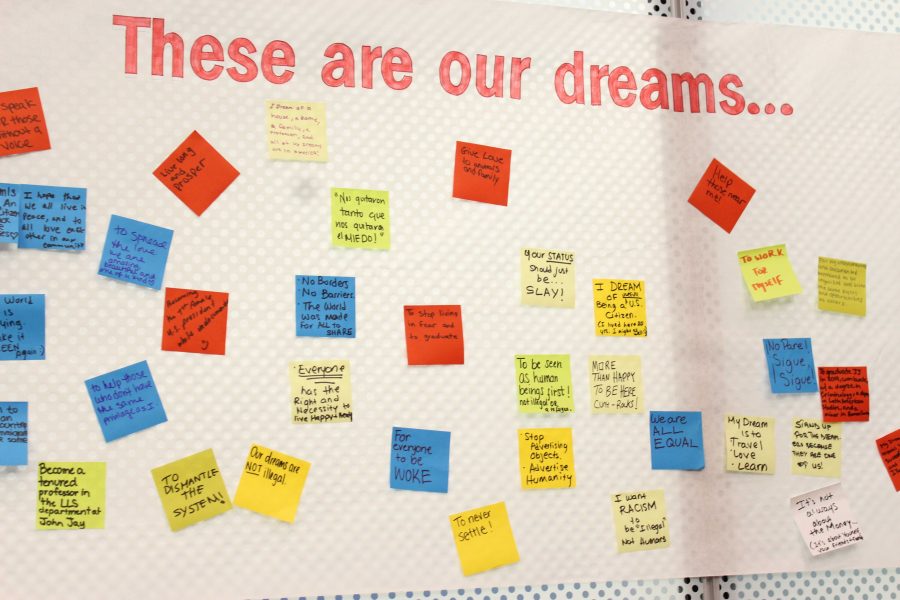

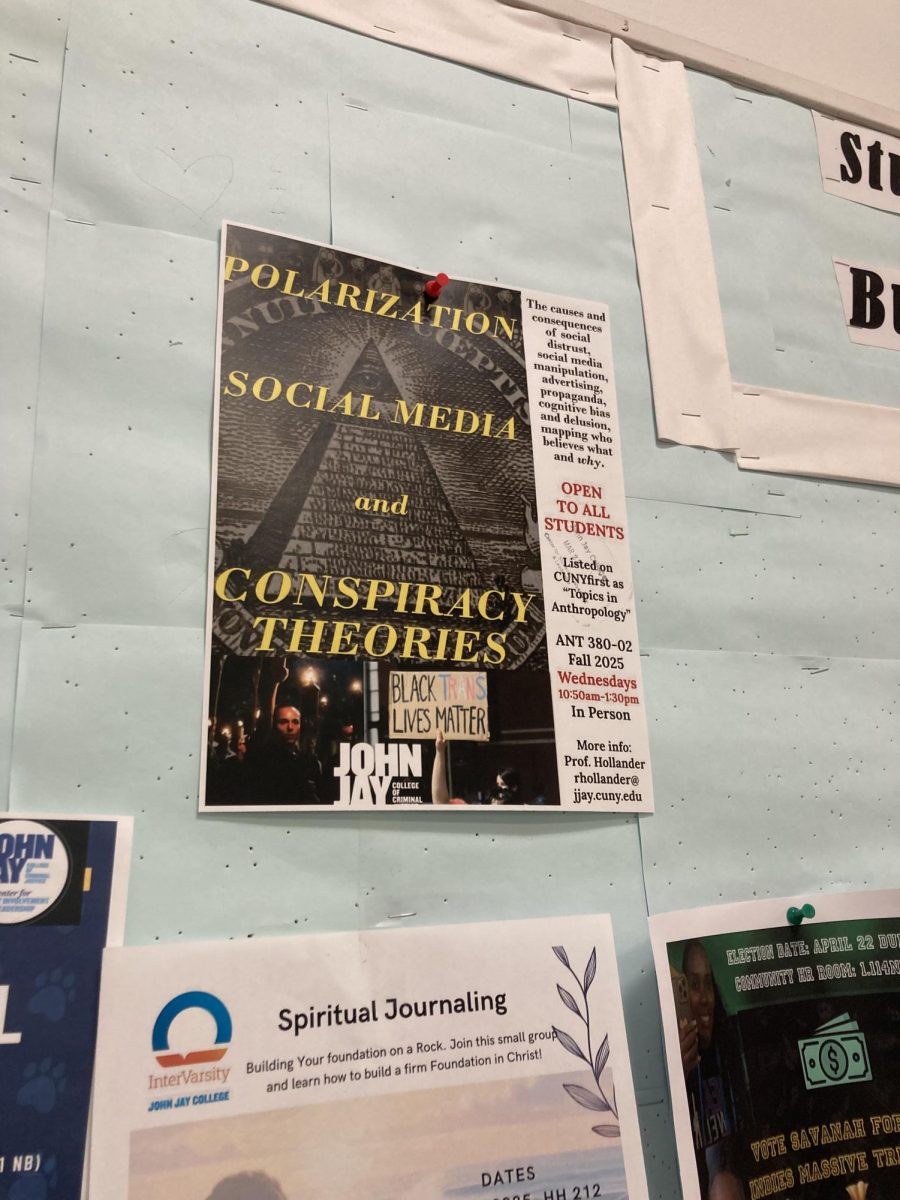
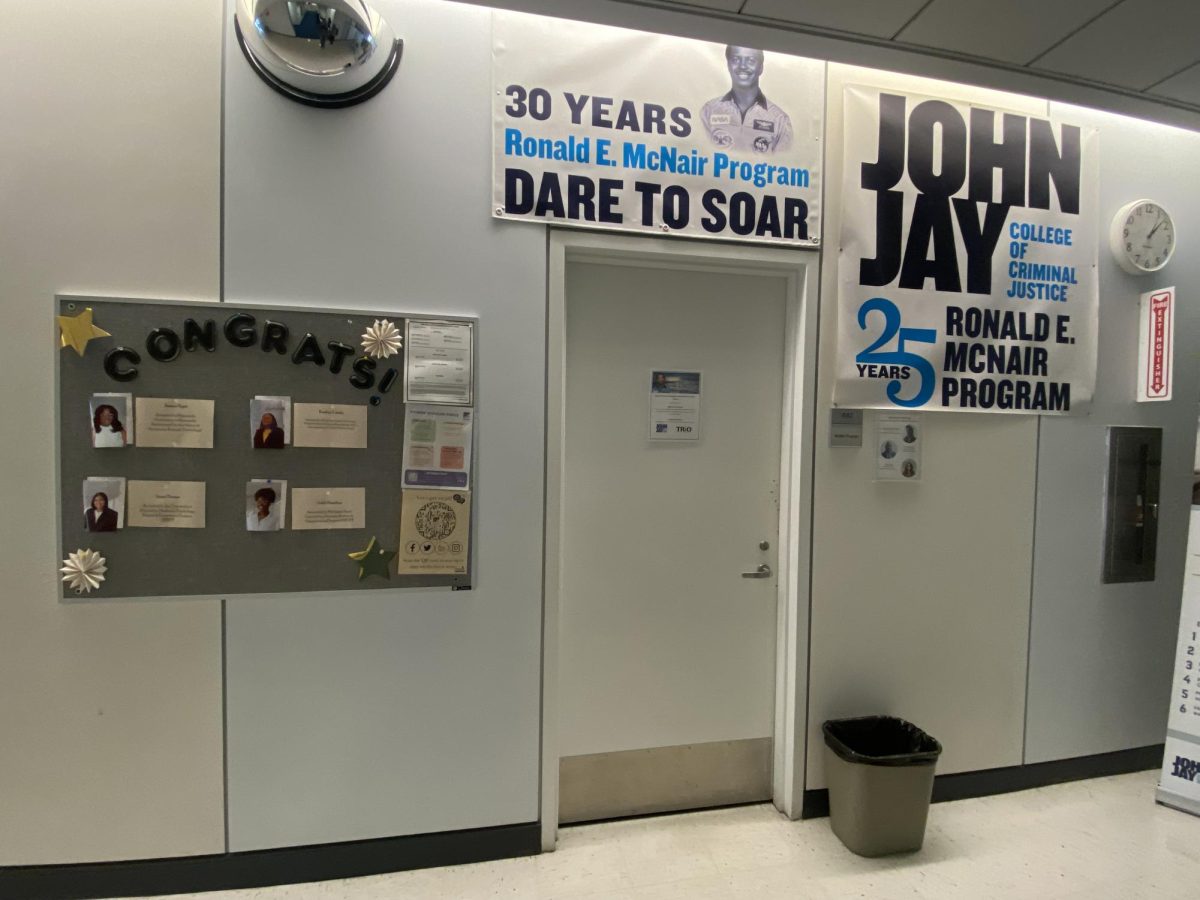
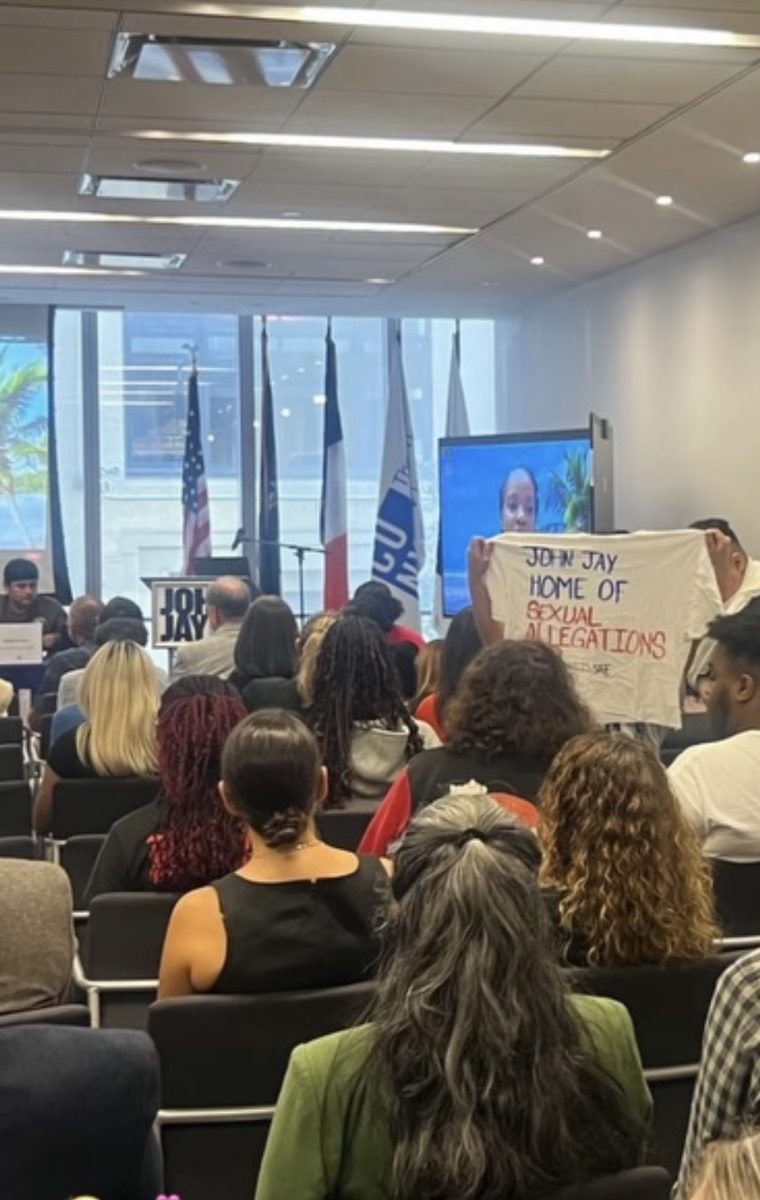
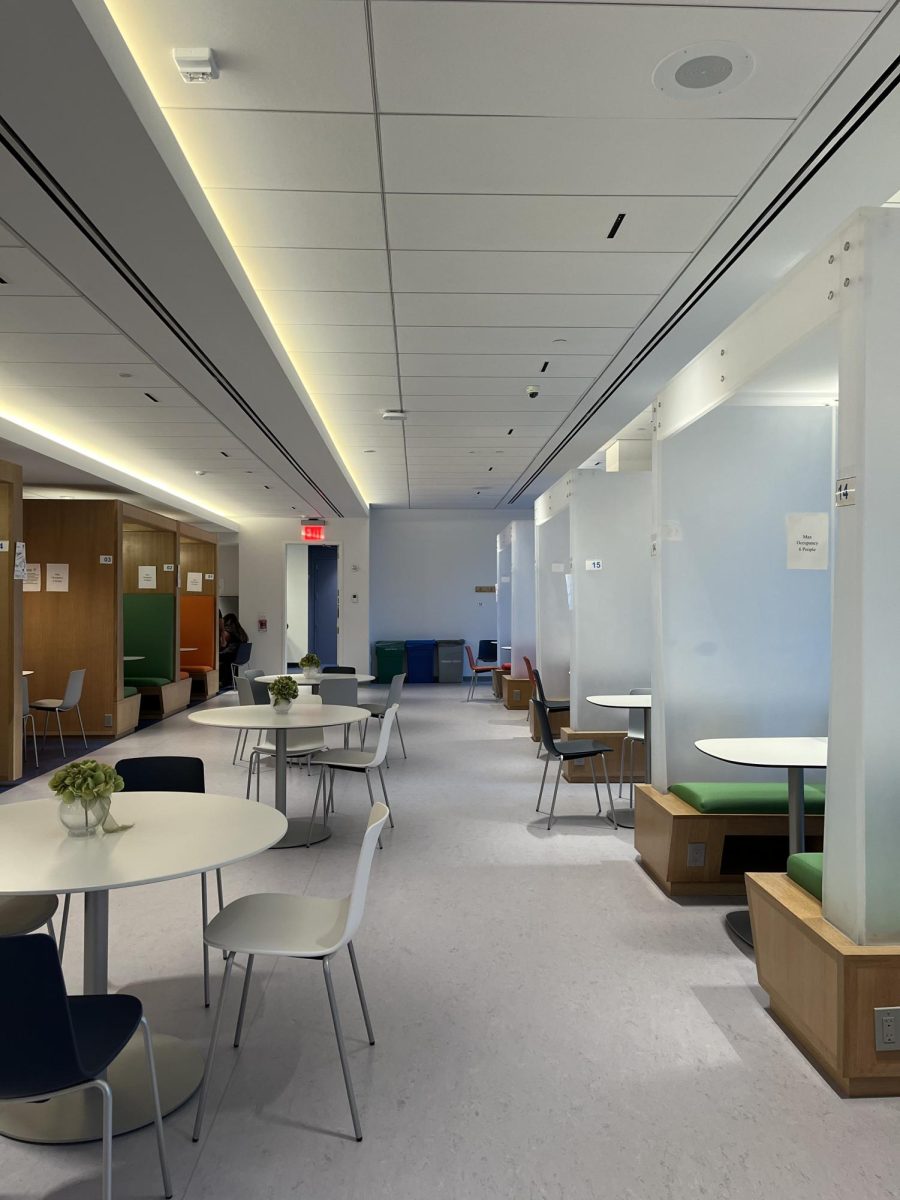

Robert Hadow • Apr 3, 2017 at 7:26 pm
Kudos to John Jay for supporting the City policy toward immigrants.
Education is the most important investment taxpayers make. Yes, we must spend on defense, but that’s not an investment. That the next generation is educated is more important than new subways or jails.
There’s no reason we should deny a degree and its promise of a third more income to any of our young people. That’s an investment in 33% more taxes we collect from them in the years to come.
mariya martynenko • Apr 3, 2017 at 7:04 pm
Thank you Olga so very much for bringing in public attention to such a sensetive topic as “stereotipical” way of thinking. Social sterepotipes are most difficul and dengerouse to brake throw and build our life based on our personal belives and experience and be independent from other people fears and negativities. Good luck to brave yuong people and big respect to suporters.